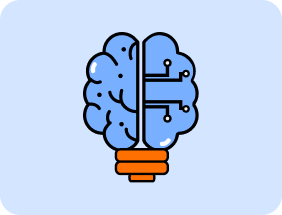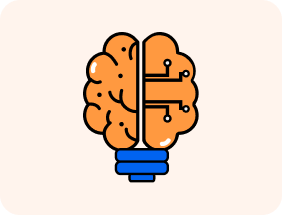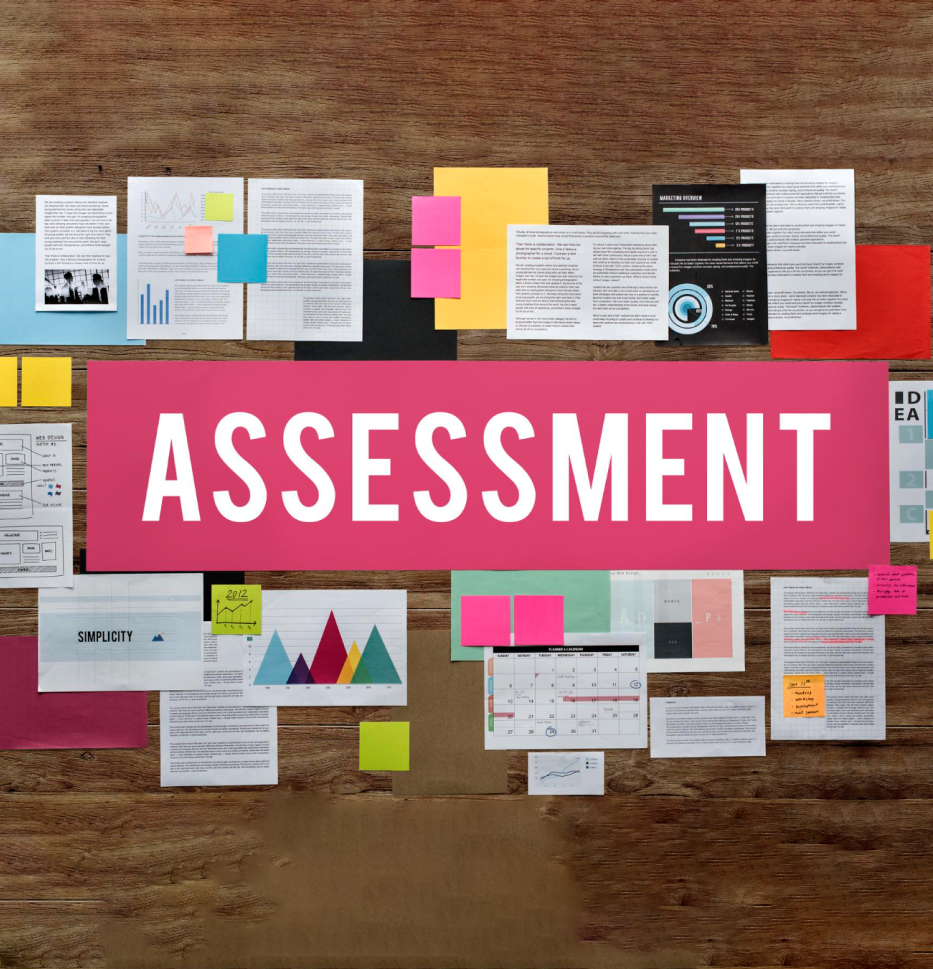- Home
- Solutions
- Join Community
- Methodology
- Limited Offer
-
Pricing
- More
What is the Activity?
The Jigsaw Method is a cooperative learning strategy where learners are divided into small groups, and each group is assigned a different segment of a larger topic. Every member becomes an “expert” in their part, working with peers to research, analyze, or solve problems. Once prepared, groups or individuals come together to share their findings, ensuring the full topic is covered through collective effort.
This approach makes learning more engaging, as students rely on one another to complete the “puzzle.” It works well with case studies, research findings, problem-solving tasks, or historical and policy-based topics. By combining individual accountability with group collaboration, the Jigsaw Method deepens understanding, builds communication skills, and encourages responsibility for shared learning outcomes.




 Individual
Individual
 Learner
Learner Mentor
Mentor Organisation
Organisation
 Learner
Learner Mentor
Mentor Organisation
Organisation








